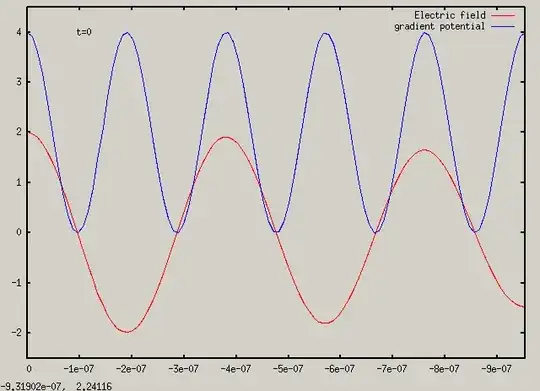This is a great paradox! I've wondered this myself as a trumpet player, and it took me a while to figure out where the confusion comes from.
I think people hear that standing waves are the sum of a traveling wave and its reflection, and get irritated because +1 + -1 is still zero. It just seems like a math trick.
But there's a big difference between an object with no force on it, and an object with equal and opposite forces on it, even though they both have zero acceleration. The difference is that the object with equal and opposite forces is probably (assuming it's elastic, blah blah blah) transferring those forces across itself.
Force detour
Consider an aluminum block (negligible mass) sitting on a concrete floor. It has no(-ish) force on it. Now stand on the block. The position of the block hasn't changed, but your weight is now transferred through the block to the floor, and the floor's 3rd Law response is transferred through the block to you. You can feel this, in your feet (sitting certainly feels better!). It's not just a math trick, it's real.
Applied to waves
Likewise, standing waves show up when a traveling wave interferes with its own reflection. Meaning nodes aren't points of zero force, they're points where the (non-zero) forces for each wave sum to zero acceleration. But they still transfer the force of each wave to neighboring particles. And for those neighboring particles, the accelerations don't cancel out (at least not most of the time).
Transferring force without deformation
user45848 pointed out that the aluminum block mentioned ought to deform a bit, and that was bugging me too. But I don't think making the block incompressible changes anything: the top layer should be able to transfer force to lower layers even if it doesn't move at all.
That still sounds a bit nonsensical, but it helped when I imagined this scenario:
Imagine three adjacent particles in a line with no force on them, then replace the outer particles with oppositely charged particles. None of the particles have moved, but now force is being transferred through the center particle.



